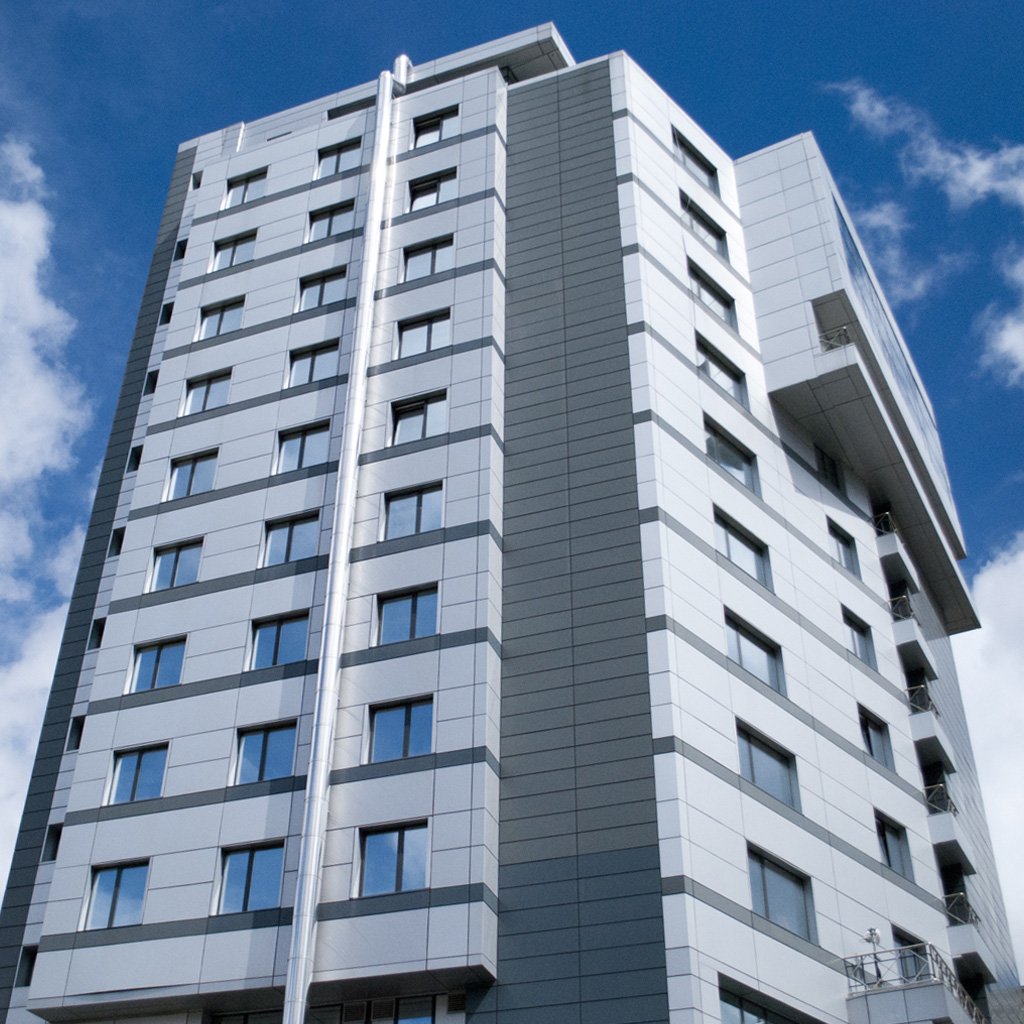Rosy Outlook for Multi-Family

Multi-family real estate stayed within predicted market averages throughout 2017, but trended upwards by year’s end – due to continued inventory shortages, lagging home construction . . . and in particular, lifestyle changes among millennials and their aging parents or grandparents. Rather than purchasing their own place, childless or downsizing couples are renting somebody else’s. It’s simpler, more convenient, and in some cases, cheaper.
Suffice it say, multi-family housing seems a safe but lucrative bet for the coming years. And while political haranguing and economic uncertainties (here and abroad) may still be keeping some investors on the sidelines, the prognosis for multi-family investing only gets brighter and brighter.
Economic growth continues to support strong multi-family fundamentals:
- EMPLOYMENT: New job growth totaled 2.1 million in 2017, compared with a gain of 2.2 million in 2016 – with laudable increases in health care, construction, and manufacturing. Those numbers should grow gain, along with continued (seismic) advances in stock markets, and Gross Domestic Product. (GDP).
- WAGES: Despite lower unemployment, average wages remain stubbornly low, though moving in the right direction. Average hourly earnings for all employees on private, nonfarm payrolls were up 2.5% in 2017. Average weekly hours were unchanged (34.5 hours). “Saving” remains a challenge for most new families. Meanwhile, apartment rents continue to increase.
- Families: Household formations are steadily increasing as millennials settle down, have kids, and move to the suburbs. Also rising again are first time home purchases, causing a shift from new multi-family construction projects to traditional single-family residences, townhomes, and condos. Accordingly, apartment permits dropped 14% last year, while actual starts dropped 10%.
Even with accelerated new construction, current housing supply (both nationally and here in Atlanta) hardly meets demand. So, while rents grew just under 3% in 2017, home prices rose around 8% – keeping rental vacancies very much suppressed.
So yes, for multi-family property owners, it’s still a seller’s market. Multi-family sale prices remain at premium levels. Despite the increase in the 10-year Treasury rate, capitalization rates were flat through 2017, at around 5.5%. While cap rates and Treasury rates are correlated, the recent interest rate spike did not cause an increase in cap rates, due to continued shortages of apartments.
Looking ahead to 2018. . .
- Rent growth will continue to be mixed, but remain above historical averages in those cities.
- Vacancy rates should continue to trend up, but with good economic conditions, rent growth will continue near the current pace.
- Like property rents and prices, multi-family originations are expected to grow some 3 to 5 percent throughout 2018, slower than previous few years.
Overall, the outlook for multi-family remains positive for the foreseeable future. Employment growth will stay above population growth, fueling demand for housing units, while demographic and lifestyle preferences will continue to favor rental housing.

